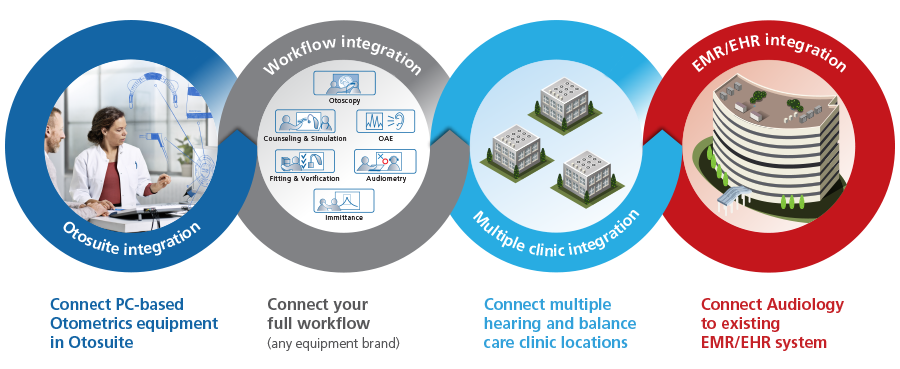Trick Methods For Addressing Acoustic Processing Issues In Dyslexia Can Change Finding Out Experiences-- Find What Methods Can Genuinely Promote Success And Self-Confidence
Trick Methods For Addressing Acoustic Processing Issues In Dyslexia Can Change Finding Out Experiences-- Find What Methods Can Genuinely Promote Success And Self-Confidence
Blog Article
Post Written By- Read the Full Content
When you consider the obstacles that dyslexic students deal with, it's clear that auditory handling concerns frequently play a considerable function. You may ask yourself how tailored methods can bridge the gap between acoustic instructions and comprehension. By incorporating aesthetic help and breaking tasks into convenient actions, you might boost emphasis and understanding. Nevertheless, the remedies do not stop there. What other methods can produce a genuinely supportive learning environment that cultivates success and self-confidence?
Understanding Dyslexia and Auditory Handling
Dyslexia influences roughly 1 in 5 people, making it one of one of the most typical learning impairment. If you're browsing dyslexia, you might discover that it does not just effect reading and writing; it can also impact just how you process auditory information.
Auditory processing describes exactly how your brain interprets audios, including language. When you deal with this, it can bring about difficulties in understanding talked instructions and adhering to discussions.
You could discover that you typically misunderstand what you listen to or that it takes longer for you to respond in conversations. This isn't a representation of your knowledge; it's a particular difficulty related to processing acoustic signals.
Understanding this link is essential since it helps clarify why you might excel in visual jobs while facing hurdles in tasks that rely on auditory understanding.
Identifying these challenges can empower you. By understanding the details of dyslexia and auditory handling, you can better promote for your requirements, whether in educational settings or social scenarios.
linked internet page to acknowledge these problems so you can look for the appropriate support and techniques in the future.
Effective Approaches for Support
Browsing the obstacles of auditory processing can really feel frustrating, but there are effective techniques that can assist you flourish.
By applying these strategies, you can enhance your learning experience and enhance your capacity to process acoustic details.
- ** Use aesthetic help **: Pairing acoustic directions with visual supports, like charts or diagrams, can considerably boost comprehension.
- ** Damage tasks into smaller sized steps **: Simplifying guidelines right into workable pieces allows you to concentrate and refine info more effectively.
- ** Practice energetic paying attention **: Engage in workouts that motivate you to pay attention diligently, such as summarizing what you have actually heard or asking inquiries for clarification.
- ** Include innovation **: Use applications or software developed to assist with acoustic processing, such as speech-to-text devices or audiobooks, to enhance discovering.
Creating Supportive Understanding Atmospheres
Creating a helpful knowing atmosphere is vital for helping people with acoustic handling obstacles are successful. Begin by decreasing diversions in your classroom or discovering room. Use acoustic panels or soft home furnishings to soak up noise, which can assist students focus better. Guarantee seating setups allow for clear sightlines to the instructor and any visual help.
Next off, integrate clear and concise interaction. Speak gradually and utilize simple language, looking for comprehending regularly. Encourage students to ask inquiries if they're not sure. Aesthetic aids like charts, layouts, and composed guidelines can enhance comprehension and retention.
In addition, promote a culture of patience and understanding amongst peers. Educate pupils regarding auditory handling concerns, advertising compassion and assistance. Team activities can be valuable; just ensure that functions are clear and that trainees collaborate to sustain each other.
Ultimately, supply regular responses. Commemorate progress and success, regardless of how little. This support builds confidence and strengthens the idea that learning is a trip.
Final thought
In your trip to boost discovering for people with dyslexia, think of each technique as a stepping rock across a river. By weaving together stowell learning and visual help, damaging tasks right into bite-sized pieces, and nurturing an encouraging atmosphere, you aid create a bridge to understanding. Remember, cultivating empathy among peers and engaging families can light the course to success. With patience and dedication, you'll equip students to soar above obstacles, changing their battles into staminas.
